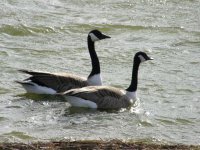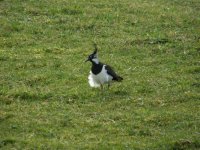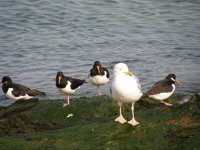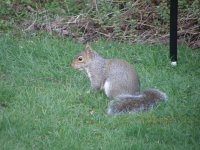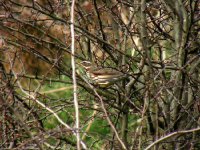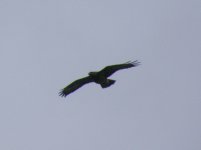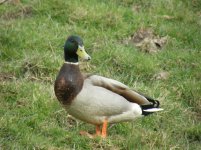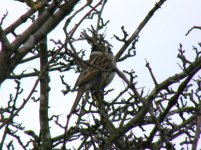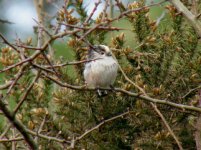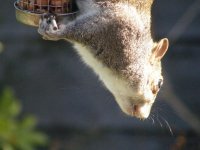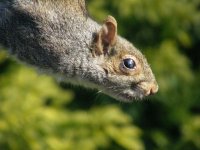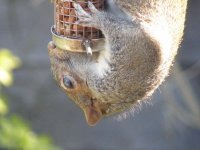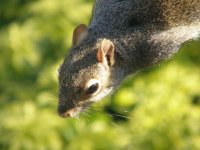David Smith
Warrington Lancs
I have just taken these with my new camera. Please bare in mind my novice status.
They are all on full zoom, speed 1/650th. Squirrel is 100 ISO-all birds are 400 ISO. Non are re-touched or cropped. All are hand held.
I am posting for 2 reasons
1) I Thought others may be interested in the results.
2) I would appreciate any comments i.e. is ISO too high?.
Obviously I wouldn't try and compare to a full DSLR (which will be my next step after the learning curve). It can easily be frustrating if trying to compare with some of the results people show but who knows- maybe in the future??
As a novice I find the camera easy to use and navigate but I can't compare to a full DSLR as I have never even held one.
Any comments welcome and if anyone is jealous and would like a straight swap for their Canon or Nikon I might be persuaded
They are all on full zoom, speed 1/650th. Squirrel is 100 ISO-all birds are 400 ISO. Non are re-touched or cropped. All are hand held.
I am posting for 2 reasons
1) I Thought others may be interested in the results.
2) I would appreciate any comments i.e. is ISO too high?.
Obviously I wouldn't try and compare to a full DSLR (which will be my next step after the learning curve). It can easily be frustrating if trying to compare with some of the results people show but who knows- maybe in the future??
As a novice I find the camera easy to use and navigate but I can't compare to a full DSLR as I have never even held one.
Any comments welcome and if anyone is jealous and would like a straight swap for their Canon or Nikon I might be persuaded




